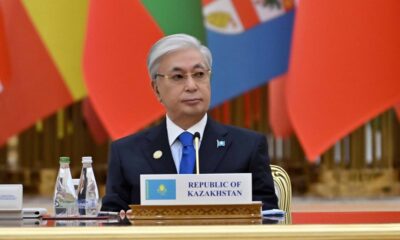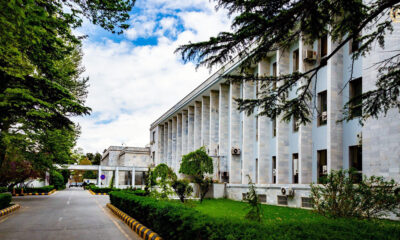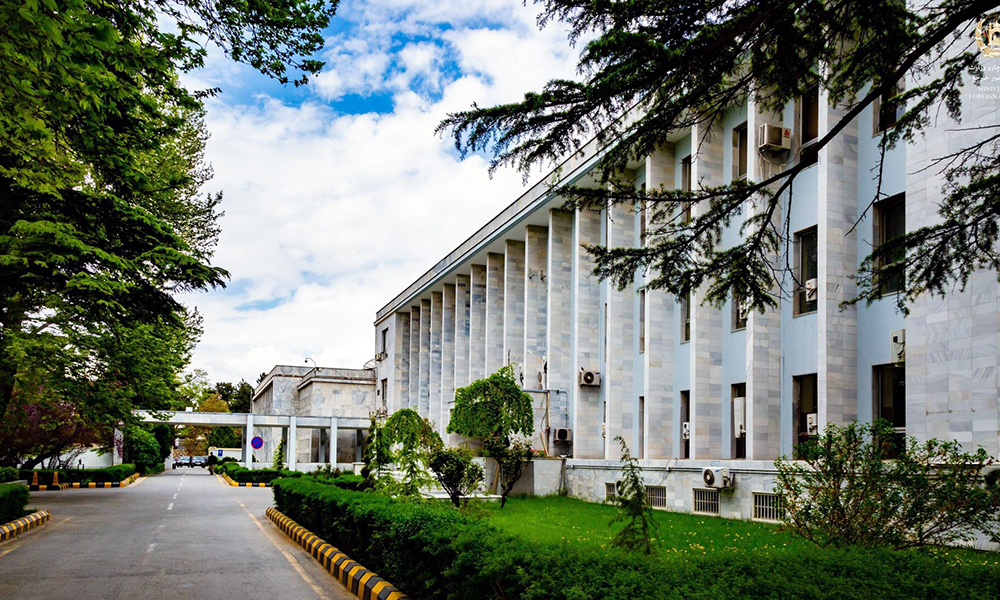Latest News
IOM helps Paktika rise from the rubble after deadly earthquake
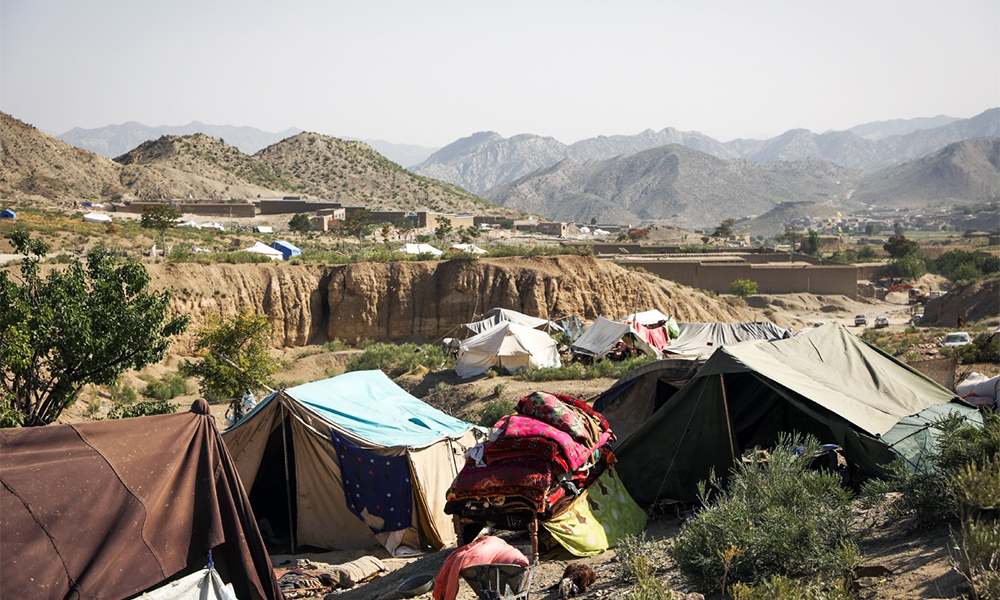
Thousands of Afghans in Paktika province say they face an uncertain future and have no idea how their communities will rebuild their lives after last month’s deadly earthquake that killed over 1,000 people and destroyed an estimated 10,000 homes.
In the early hours of June 22, a 6.1 magnitude earthquake struck the remote, mountainous region and while concerted efforts are being made by aid workers to help the survivors, their efforts are being hampered by the mountainous terrain and heavy rains.
IOM reported this week that the humanitarian community has mobilized funds and personnel for the response and that IOM teams were on the ground in the affected area following the earthquake, weathering aftershocks alongside the affected community.
Humanitarian actors are busy, the IOM reported and workers are meeting with community members to assess their needs, organizing the first emergency distributions and setting up tents, latrines and hand washing stations.
Trucks loaded with a variety of kits are also arriving in waves, having successfully navigated the remote mountains, riverbeds and roads that make the area particularly difficult to access.
Thousands of people are trying to get the basic items they need for immediate survival — food, water, health care and shelter.
“I was in my house asleep when it started shaking,” says Krushnal, a survivor from Barmal, still living with his four children on the site of their collapsed house.
“A piece of wall hit me, but I am not seriously injured. I saw bodies being pulled out of the rubble, injured people, and maybe dead people. I heard cries of pain everywhere I went,” he told IOM.
The majority of the fragile mud-brick houses in the area did not withstand the earthquake. While many currently lack the means to rebuild much of their community, the survivors have come together alongside humanitarian actors to plan for the recovery of the community.
A few kilometers from Gayan, IOM Mental Health and Psychosocial Support (MHPSS) staff hold counseling sessions with victims amidst the rubble. Three distinct groups are formed for the sessions: women, men and children.
Mobile clinics have also been operating in this mountainous area, which is located far from health centers. In addition, community members have identified psychological support as a key need, which has been included in the IOM earthquake response from the first day.
IOM reports that as of July 8, 140 trucks have successfully reached the impacted areas of Paktika and Khost provinces and some 30,000 emergency shelter and non-food item kits have been distributed to 5,600 families in need.
But now, according to the IOM, the focus has switched to post-disaster longer-term rebuilding of houses, and of lives.
IOM and other shelter actors are working together to support the communities to clear the rubble of the damaged homes and to build back their homes safely.
However, other public infrastructures will also need to be rehabilitated to ensure communities can return to normal. Water sources that have been contaminated must be treated and fixed to ensure access to safe and clean water again.
According to the IOM, repurposing of existing emergency funding enabled IOM to undertake a swift, immediate response to provide life-saving assistance to affected communities but now, longer-term funding from both humanitarian and development actors must be committed and made available immediately to ensure that houses and essential community infrastructure can be rebuilt before the harsh winter arrives in November.
Latest News
Continued aid to Afghanistan vital for regional security: Kazakh president
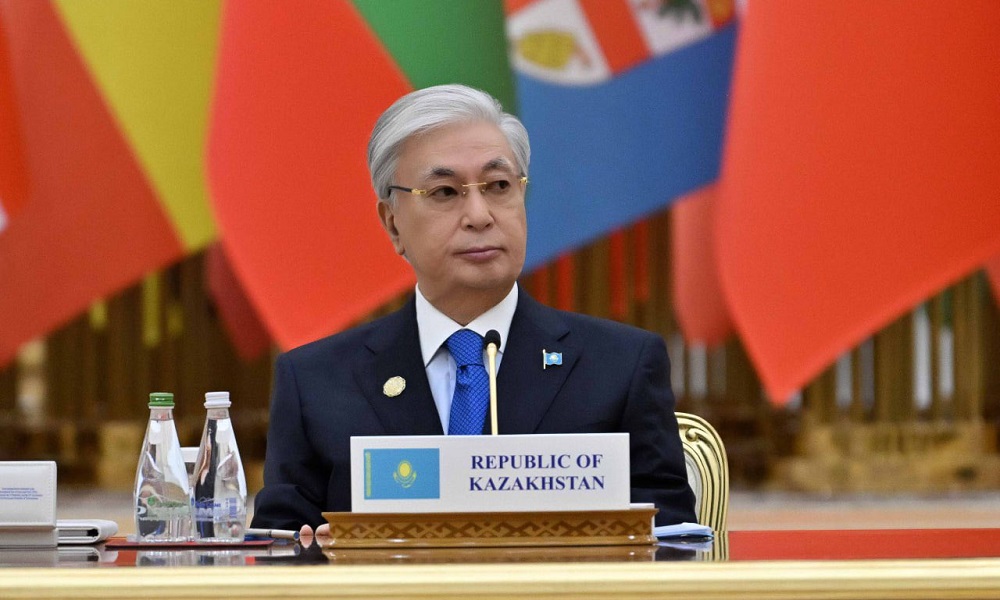
Kazakhstan’s President Kassym-Jomart Tokayev has emphasized the continuation of humanitarian assistance to Afghanistan, stating that the ongoing provision of such aid plays an important role in ensuring regional security.
Speaking at the international conference “Peace and Trust” in Ashgabat, the capital of Turkmenistan, Tokayev described addressing complex humanitarian challenges and the reconstruction of Afghanistan as a necessity.
“To ensure regional security, we consider it essential to continue providing assistance to Afghanistan, including by strengthening international efforts to address complex humanitarian issues and the reconstruction of this country. Kazakhstan remains committed to supporting the people of Afghanistan through humanitarian aid, educational projects, trade development, and food security initiatives,” he said.
Meanwhile, experts believe that sustainable improvement of the humanitarian situation in Afghanistan requires broad cooperation from the international community and support for the country’s economic development.
“Investment can be defined as one of the fundamental drivers of the economic cycle, and whenever Afghan traders do not take their money out of the country and instead invest domestically, it naturally leads to greater growth and dynamism in Afghanistan’s economy,” said Abdul Zahoor Modabber, an economic analyst.
As the humanitarian crisis in Afghanistan continues, reports by international relief organizations indicate that millions of citizens of the country are in urgent need of food, health, and livelihood assistance.
The reduction in funding for aid organizations, the impacts of climate change, and the return of migrants have increased concerns about a further deterioration of the humanitarian situation in the country.
Latest News
Islamic Emirate declines to attend Tehran meeting on Afghanistan
Latest News
Sirajuddin Haqqani: A government that intimidates its people is not a true government
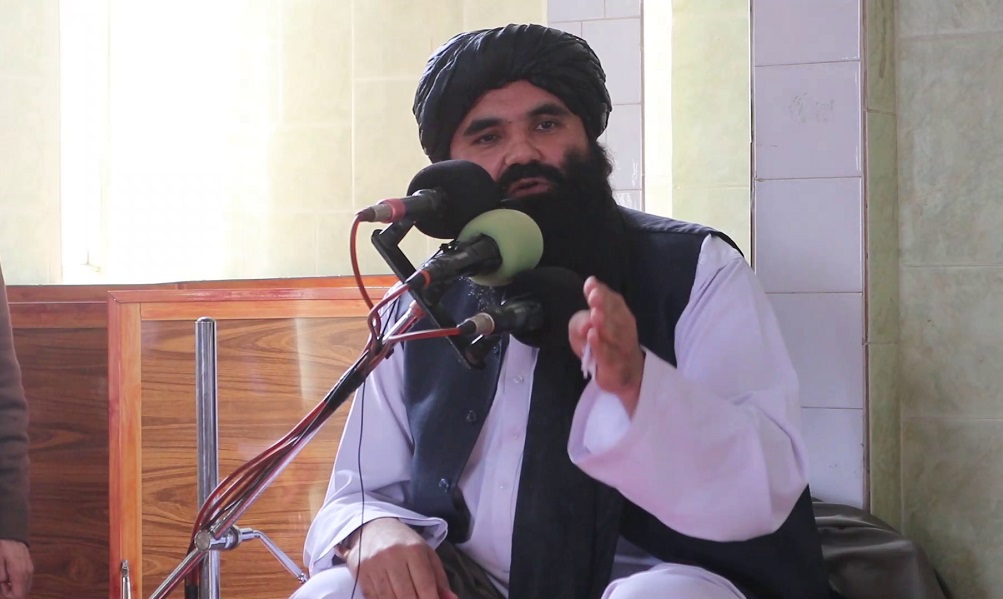
Khalifa Sirajuddin Haqqani, Minister of Interior of the Islamic Emirate of Afghanistan, said during a visit to Khost province on Friday that any government which rules through fear cannot be considered a true government.
“A government is one that is loved by its people, one that serves them with respect and compassion, and from whose behavior people learn ethics and sincerity,” he said.
Haqqani also stressed that Afghans who opposed the Islamic Emirate in the past should be tolerated and treated in a way that helps eliminate hostility and animosity, paving the way for national cohesion.
-

 Sport4 days ago
Sport4 days agoILT20: Desert Vipers edge Gulf Giants in historic super over thriller
-

 Latest News2 days ago
Latest News2 days agoMuttaqi: Afghanistan’s progress requires both religious and modern education
-

 Regional4 days ago
Regional4 days agoSix Pakistani soldiers killed in TTP attack in Kurram District
-

 Business4 days ago
Business4 days agoTrade bodies warn almost 11,000 Afghan transit containers stuck at Karachi port
-
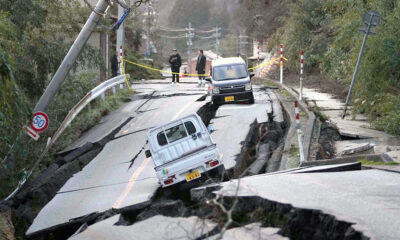
 World4 days ago
World4 days agoPowerful 7.6 earthquake hits northern Japan, tsunami warnings issued
-

 Latest News3 days ago
Latest News3 days agoTrump calls Afghanistan a ‘hellhole’ country as US expands immigration restrictions
-

 Sport5 days ago
Sport5 days agoSorkh Poshan Khafi defeats Sarsabz Yashlar 4-0 in Afghanistan Champions League
-

 Sport3 days ago
Sport3 days agoCommanding wins for Arman FC and Sarsabz Yashlar in Afghanistan Champions League


